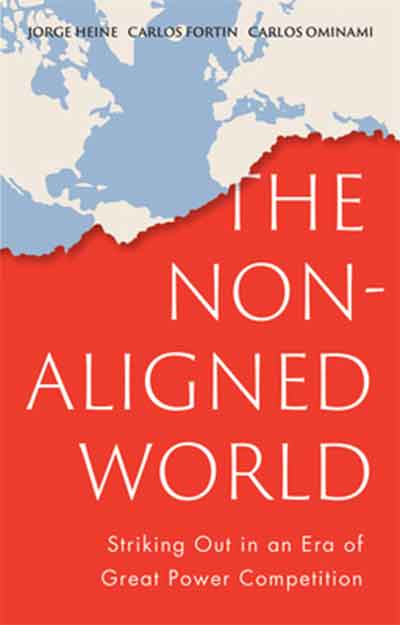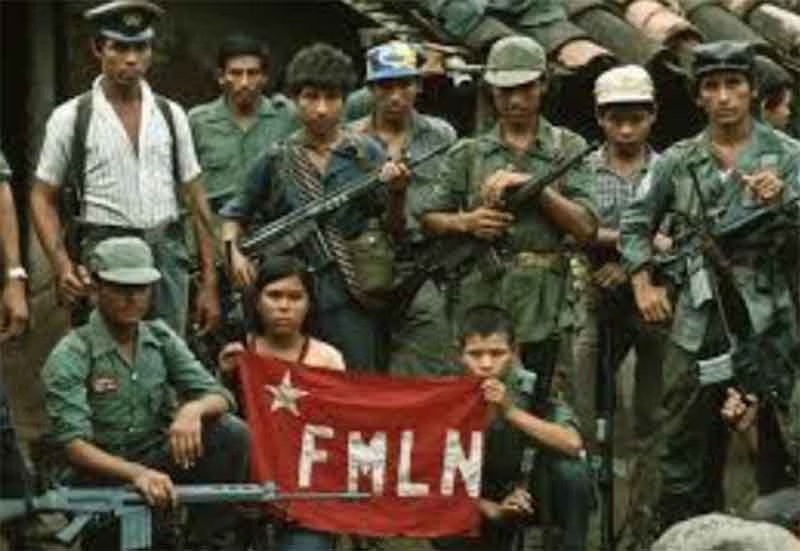MEXICO CITY – We are living through turbulent times. The postwar international order that the United States largely designed and built is in crisis, with multilateralism – its guiding principle – under serious strain.
This decline was long in the making. During the 1970s oil crises, developing countries, responding to the perceived weaknesses of the global system, advanced the New International Economic Order to promote their interests. On May 1, 1974, the United Nations General Assembly even approved the “Declaration on the Establishment of a New International Economic Order.” But little to no progress followed, despite the issue resurfacing during America’s 2008 subprime mortgage crisis.

The final blow to the rules-based order came with US President Donald Trump’s return to the White House. His administration’s exorbitant tariffs, annexation threats, violations of basic international norms, and executive orders withdrawing the US from multilateral organizations and agreements have created an environment of extreme uncertainty. True, Trump has frequently backtracked on his decisions. But these about-faces were in response to pressure from markets and investors, not institutional counterweights such as Congress or the Supreme Court.
In short, the world’s “hyperpower” has abandoned its leadership role and become a source of instability. The erosion of America’s global standing will outlast the Trump era, because much of the damage is irreversible. In recent years, support for liberal democracy, human rights, free trade, and multilateralism – key pillars of US hegemony – has waned, and these principles no longer guide America’s foreign policy. The current administration is not solely to blame; the impunity with which Israeli Prime Minister Binyamin Netanyahu’s government committed war crimes in Gaza with US-provided weapons during President Joe Biden’s administration has also corroded the moral foundations of American leadership.
Against this background, the reconstitution of the old order seems unlikely. The US is a shadow of its former self. It has lost economic strength, technological supremacy, political respectability, moral authority, and, perhaps most importantly, the trust of much of the world. Meanwhile, China has emerged as a contender for global leadership, becoming the world’s leading trading power and surpassing the US in terms of GDP (at purchasing-power-parity prices).
China has presented itself as a defender of free trade and multilateralism that can fill the vacuum left by America’s retreat, making the country a stabilizing force – at least up to a point. Instead of spreading its ideological beliefs around the world, as during the Mao era, the Chinese government is more interested in pursuing business opportunities and securing access to raw materials. Sometimes that means establishing more permanent security and economic footholds in countries, as it has done in Sri Lanka, Peru, Argentina, and several others. China has also started to use its leverage to gain votes for its positions in international organizations.
With the struggle between China and the US for global hegemony likely to be prolonged, Latin America must urgently find a way to minimize risks and maximize opportunities. As one of us argues in a new book, The Non-Aligned World, the “political economy of active non-alignment” offers the best chance to achieve these goals. Active non-alignment requires building a new kind of relationship with both powers that transcends the old core-periphery dynamic. Rather than adopt a policy of automatic alignment, Latin American countries should pursue legitimate national and regional interests.
For example, to maintain or gain influence in the region, China and the US will likely dangle more carrots. Perhaps China will seek to expand its Belt and Road Initiative, with its promise of valuable infrastructure investment, in which case the US may make a comparable offer. Latin American countries should choose whichever is in their best interests and reject efforts by either superpower to apply heavy-handed pressure or manipulate them.
Latin America’s historical alignment with the US has yielded too much political intervention and not nearly enough development. But rushing into China’s arms would be a grave mistake. The Chinese government places its own interests above all else: its assistance is not unconditional. And despite China’s growing importance in trade, technology, and finance, the US remains a significant political, economic, cultural, and military reference for Latin America.
Different Latin American and Caribbean countries face different constraints and opportunities, which is why active non-alignment makes sense for the region. In South America – which accounts for two-thirds of the region’s population – China is most countries’ main trading partner. But Mexico and other Central American countries are much more integrated with the US economy, and thus will find it harder to reduce their dependence on America.
Active non-alignment offers hope to countries that want to avoid becoming collateral damage in a superpower confrontation. Instead of advocating neutrality or isolation, this approach calls for upholding the principles of international law and making autonomous decisions guided solely by national or regional interests. It would also enable the region’s countries to help construct the new world order that will inevitably emerge from the ruins of the current one. The interregnum may be long and turbulent, but policymakers must start thinking now about how to build a more balanced, socially inclusive, and environmentally sustainable international system.
Several Latin American countries were active participants in the postwar debates that led to the construction of the current world order. The region should be even more involved this time, but ideally after agreeing on basic tenets. This would allow governments to approach the task from a position of strength and conviction, despite their significant political and ideological differences. Perhaps the best starting point would be an initiative adopted by the UN General Assembly recognizing a country’s right not to align with either side.
Subscribe to Our Newsletter
Get the latest CounterCurrents updates delivered straight to your inbox.
Jorge G. Castañeda, a former foreign minister of Mexico, is a professor at New York University and the author of America Through Foreign Eyes (Oxford University Press, 2020).
Carlos Ominami is a former minister of economy of Chile and a co-author of The Non-Aligned World: Striking Out in an Era of Great Power Competition (Polity, 2025).
Copyright: Project Syndicate, 2025.
www.project-syndicate.org
















































